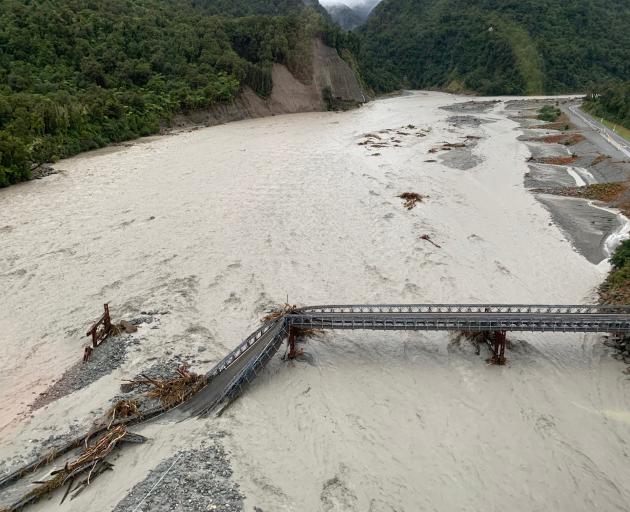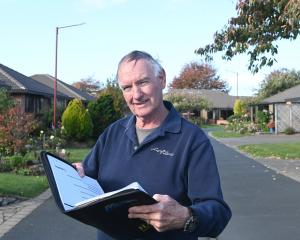
Atmospheric rivers are narrow corridors of concentrated moisture in the atmosphere, and are the cause of major storms like the one that hit the South Island on March 25, 2019.
University of Otago masters of science graduate, 2020 New Zealand Fulbright Scholar and research lead author Hamish Prince said the storm produced the highest total of rainfall (1086mm) over a 48-hour period in New Zealand recorded history.
It killed one person, washed away the Waiho Bridge near Franz Josef, caused millions of dollars’ damage, and a state of emergency was declared.
“This flood was produced by one of the most extreme atmospheric rivers observed over New Zealand, moving incredible amounts of moisture very quickly through the atmosphere, extending over 4000km and covering much of the South Island of New Zealand.
"Understanding the climatic processes controlling atmospheric rivers, and how to predict them at weekly, seasonal, and annual timeframes can help mitigate damages and loss from such impactful events."
He said about 40 atmospheric rivers made landfall in New Zealand each year.
The most impactful atmospheric rivers occurred about once every five years, but evidence suggested these events could become more frequent and more intense in a warming climate.
"In very basic terms, one of the results of a warmer climate is a wetter atmosphere.
"With more moisture in the atmosphere, the frequency and magnitude of atmospheric rivers making landfall in New Zealand are expected to increase," he said.
"The increase in extreme precipitation is not expected to occur equally throughout the nation however, with indications that the landfalling location of atmospheric rivers is shifting southward in New Zealand," Mr Prince observed.
He also said the benchmark study would allow atmospheric rivers to be monitored to identify shifts in their behaviour as weather continued to be influenced by climate change.

Mr Prince now works at the University of California, San Diego, Scripps Institution of Oceanography Centre for Western Weather and Water Extremes, where he continues to examine the predictability and economic impact of atmospheric rivers.












